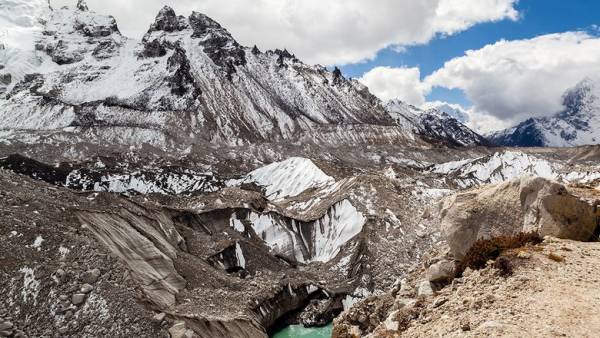
Specialists from The University of Leeds conducted a study of Himalayan glaciers and concluded that in recent decades they have melted ten times faster than the average since the last major expansion of glaciers 400-700 years ago – a period known as the Little Ice Age.
This study also shows that Himalayan glaciers are shrinking much faster than glaciers in other parts of the world, so much so that scientists describe this melting as “exceptional.”
During the study, scientists reconstructed the size and ice surfaces of 14,798 Himalayan glaciers during the Little Ice Age, and then compared them with the current area, and saw that the glaciers lost about 40 percent of their area. During this period, they lost as much ice as is contained today in the central European Alps, in the Caucasus and in Scandinavia combined. The team calculated that the water released as a result of this melting raised sea levels worldwide by 0.92-1.38 mm.
It is known that the Himalayan mountain range is the third largest glacier in the world after Antarctica and the Arctic, and it is often called the “third pole”. The acceleration of the melting of these ices poses serious problems for hundreds of millions of people who depend on Asian river systems for food and energy.
Ekaterina Gura